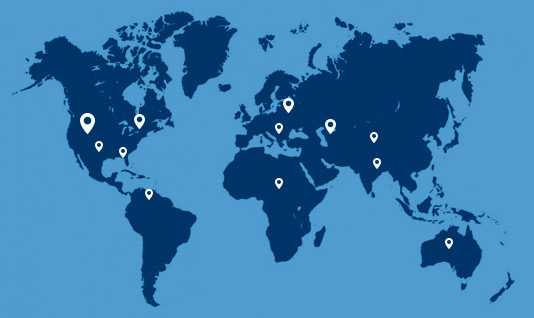Executive Decision Support
Executive Decision Support
During any disruption, Executives need insight into impacts, causality chain, current capabilities and levels of preparedness to make informed decisions. Business Continuity Planning isn’t just about Plans – it must also build that information for Executive decision support.

Request a demo.
Foundational Data
To keep BCM core data current, data can be sourced from authoritative sources: HR, IT, Vendor Management, Facilities etc. Once validated, these data updates can be automated to effectively add, change and delete functionality – ensuring the integrity of call-trees, Geo-Maps, and CI relations.
Dependency Modeling
Cataloguing dependencies among organizational assets – processes, facilities, people, technology, suppliers and customers – helps analyze upstream & downstream impacts and casualty chains. Modeling also helps identify current capabilities, gaps and potential response strategies.
Mapping
Whether it is a cyber incident or natural disaster, maps make these incidents easier to visualize. Real-time feeds from NOAA, USG, FEMA or custom KMZ, can be overlaid on organizational GIS maps. These provide executives greater visual access to understand threats and impacts.
Exercise & Training tracking
Incident Response plan exercises are the critical method to identify plan viability and to identify gaps in plans or planning assumption. Historical exercise outcome tracking builds program credibility.
eBRP Suite:
Engineered for Resilience, Powered by Innovation
AI-powered resilience, real-time incident management, and Process Modeling—delivering scalable solutions to build and manage enterprise resiliency programs to address today’s threat landscape.
